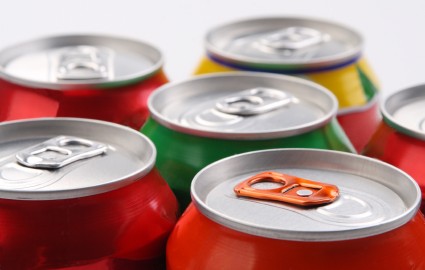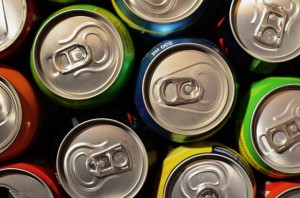 This weekend, I ended up in a heated debate with my future Father-in-law. We were talking about the recent sugar tax proposal in the UK budget with my Father-in-law arguing that the strongest soft drinks manufacturers should replace their full sugar versions with diet varieties and lead the way for smaller brands to follow. He explained these were the companies able to make a difference and they should stand up to be counted.
This weekend, I ended up in a heated debate with my future Father-in-law. We were talking about the recent sugar tax proposal in the UK budget with my Father-in-law arguing that the strongest soft drinks manufacturers should replace their full sugar versions with diet varieties and lead the way for smaller brands to follow. He explained these were the companies able to make a difference and they should stand up to be counted.
I respect him for his idealism, and agree to some extent that innovation should be driven by the market leaders, which is mostly the case in product development. However, the rise of smaller product manufacturers and start-ups has disrupted the status-quo of the fast moving consumer goods (FMCG) market with innovation arising from some of the most unexpected places. This got me thinking, brands crave consumer loyalty, for their customers to love their products and what their brand and message stands for, this leads not only to repeat purchase, but also to consumers feeling they own the product, the brand and become fully invested. Whilst this sounds like an ideal situation, what is the price of consumer this loyalty? What room does this leave for product innovation?
The sugar tax is a prime example… external pressures are forcing soft drinks manufacturers and brands to reformulate and innovate, but changing products can risk consumers noticing differences, feeling betrayed by their favourite brands and losing the all important consumer loyalty. This wouldn’t be such an issue for smaller brands with less strong customer associations, and they could even bring them on side with changes and product developments. For large brands however, this could lead to weakening of brand, lack of consumer trust and eventually big revenue losses. How can they do both?
Crucially, when innovating, large brands need to remember what they stand for even more strongly than ever. This provides clear guidance for what a new product needs to achieve and deliver in terms of emotional and conceptual associations for consumers. Throughout the process, continuously question ‘Does this fit my brand?’. A fantastic new product may be wonderful, but if it doesn’t align with the key equities and brand message, developers and marketers will have a fight on their hands to gain consumer understanding and trust. If the answer throughout the new development process from both key stakeholders and target consumers is ‘Yes, this fits with the brand’ a real chance lies ahead, which combined with the right communication can bring consumers along the same journey of development and discovery. Aligning the sensory characteristics, the consumer emotional and functional conceptualisations as well as the key brand equities, can allow truly innovative product development to not only to succeed, but shine through in the busiest marketplace ever. Whilst the pressures of government and consumers will continuously shift and change, the driving force behind brand related innovation must be simple and never forget to connect these key touch points.
I doubt my future Father in law realises the level of careful development and reformulation required for new product development, however, he certainly isn’t wrong to lay some of the foundations of product innovation at the door of major global brands. Let’s just hope they are ready for it!

